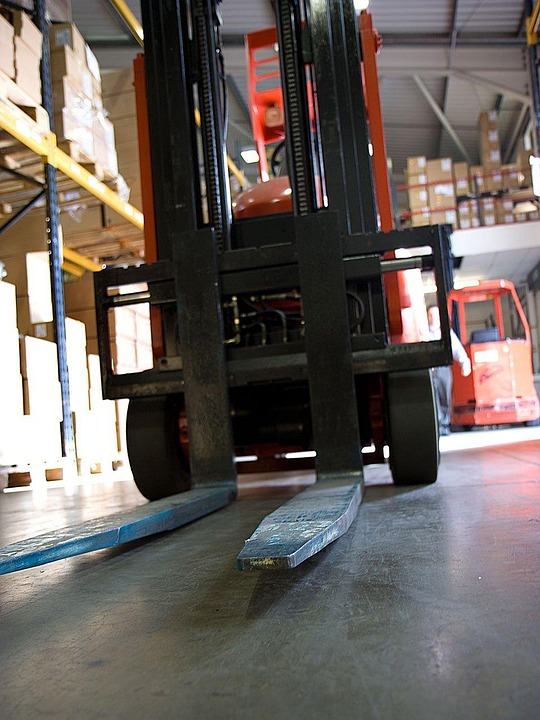Leasing vs. Owning Logistics Equipment for Agrifood Companies
In the agrifood industry, logistics play a crucial role in ensuring the efficient transportation of goods from farm to table. One important decision that agrifood companies must make is whether to lease or own their logistics equipment. In this report, we will compare the advantages and disadvantages of leasing versus owning logistics equipment for agrifood companies.
Leasing Logistics Equipment
Leasing logistics equipment can be an attractive option for agrifood companies looking to minimize upfront costs and improve cash flow. By leasing equipment, companies can avoid large capital expenditures and instead pay a monthly fee for equipment usage. This can be particularly beneficial for companies with limited capital or those looking to expand their operations without a significant financial commitment.
Additionally, leasing logistics equipment can provide agrifood companies with access to the latest technology and equipment without the need for frequent upgrades. Leasing agreements often include maintenance and servicing, which can help reduce downtime and ensure optimal performance of the equipment.
From a financial perspective, leasing logistics equipment can also offer tax advantages. Lease payments are typically considered operating expenses and can be deducted from taxable income, reducing the company’s overall tax liability.
However, there are some drawbacks to leasing logistics equipment. Over the long term, leasing can be more expensive than owning, as companies are essentially renting the equipment rather than building equity in an asset. Lease agreements may also come with restrictions on usage or require additional fees for exceeding usage limits.
Owning Logistics Equipment
Owning logistics equipment provides agrifood companies with the advantage of ownership and control over their assets. By purchasing equipment outright, companies can build equity in the asset and potentially benefit from its appreciation over time. This can be especially advantageous for companies with stable cash flow and a long-term outlook.
Owning logistics equipment also allows companies to customize and modify the equipment to meet their specific needs. This level of control can lead to increased efficiency and productivity in operations. Companies can also avoid the restrictions and limitations that may come with leasing agreements.
From a financial perspective, owning logistics equipment can result in lower long-term costs compared to leasing. While the initial investment may be higher, companies can avoid ongoing lease payments and potentially realize cost savings over the equipment’s lifespan.
However, owning logistics equipment also comes with its own set of challenges. Companies are responsible for maintenance, repairs, and upgrades, which can add to operational costs. Additionally, owning equipment may lead to obsolescence as technology advances, requiring companies to invest in new equipment to remain competitive.
Industry Insights and Case Studies
Several agrifood companies have successfully implemented leasing or owning strategies for their logistics equipment. For example, Company A, a large-scale producer of fresh produce, decided to lease refrigerated trucks to transport their goods to market. This allowed them to scale their operations quickly without a significant upfront investment.
On the other hand, Company B, a family-owned dairy farm, chose to purchase their own milk tanker to transport milk from the farm to processing facilities. By owning the equipment, they were able to maintain control over their supply chain and ensure the quality and safety of their products.
Conclusion
In conclusion, the decision to lease or own logistics equipment for agrifood companies depends on various factors such as financial resources, operational needs, and long-term objectives. Leasing can provide flexibility and cost savings in the short term, while owning offers control and potential cost savings in the long term.
Ultimately, agrifood companies should carefully weigh the advantages and disadvantages of leasing versus owning logistics equipment to determine the best strategy for their specific circumstances. By considering factors such as cash flow, technology requirements, and maintenance costs, companies can make an informed decision that aligns with their business goals.




